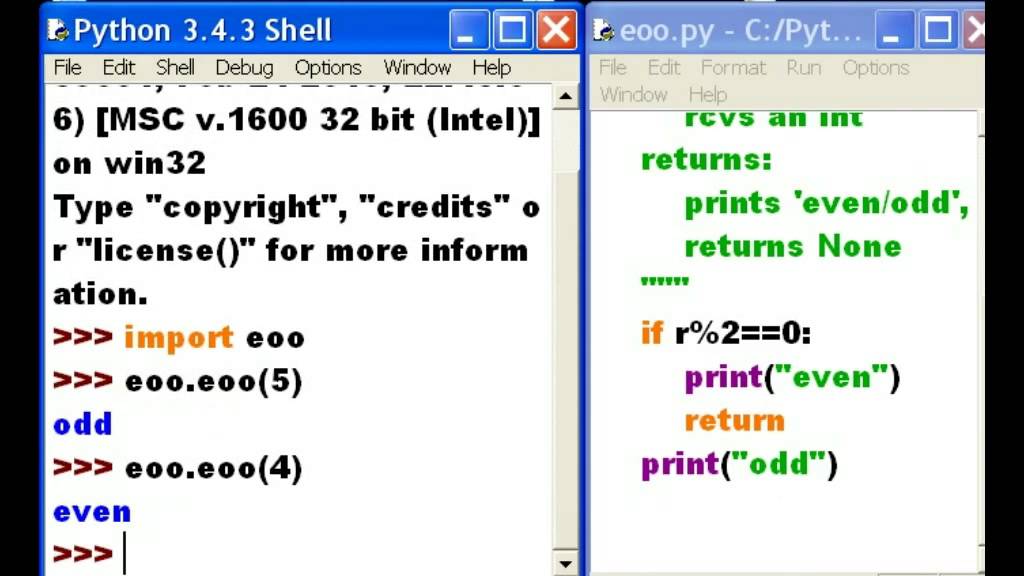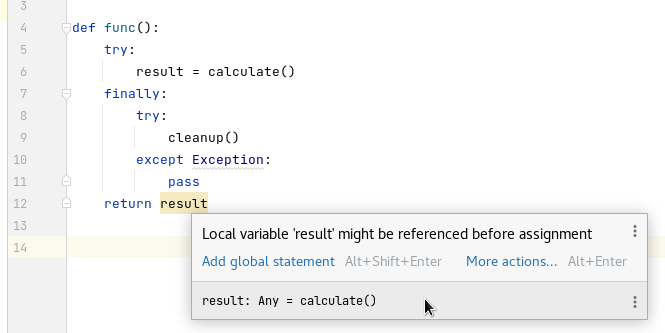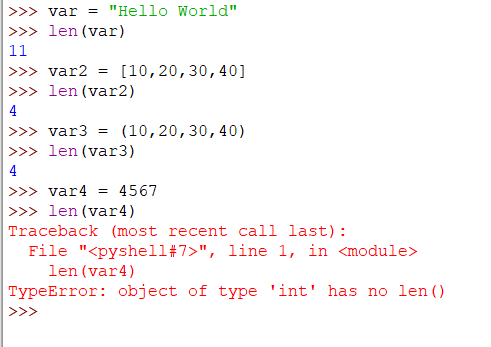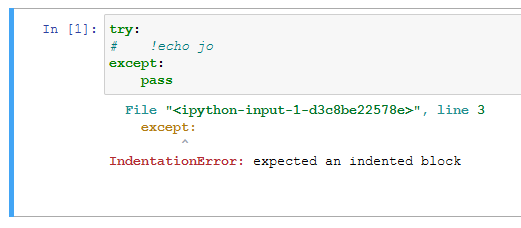What does Python [:] do?
What does Python [:] do?

I'm glad you asked!

Python's slice notation [:] is a powerful feature that allows you to access and manipulate sequences, such as lists, tuples, or strings. Let's dive into the details!
The simplest explanation is: [:] returns a copy of the entire sequence (list, tuple, string). That means you'll get all elements, from start to end, without modifying the original.
Here's an example:
my_list = [1, 2, 3, 4, 5]
copied_list = my_list[:]
print(copied_list) # Output: [1, 2, 3, 4, 5]
Original list remains unchanged
print(my_list) # Output: [1, 2, 3, 4, 5]
Notice that copied_list is a new, separate entity, not a reference to the original. You can modify copied_list without affecting my_list.
Now, let's explore more advanced scenarios:
Slicing: Selecting a portionYou can use [:] with additional indices to create a slice of the sequence:
my_list = [1, 2, 3, 4, 5]
slice = my_list[1:3] # Slice from index 1 to 3 (exclusive)
print(slice) # Output: [2, 3]
Original list remains unchanged
print(my_list) # Output: [1, 2, 3, 4, 5]
The slice notation [start:stop] creates a new sequence with elements from start (inclusive) to stop (exclusive). In this case, we're selecting the second and third elements.
You can use negative indices to reverse the order:
my_list = [1, 2, 3, 4, 5]
reversed_list = my_list[::-1] # Reverse the list using a slice
print(reversed_list) # Output: [5, 4, 3, 2, 1]
Original list remains unchanged
print(my_list) # Output: [1, 2, 3, 4, 5]
The [::-1] syntax tells Python to start from the end of the sequence and move backwards by one element each time.
+
You can concatenate sequences using the + operator:
list1 = [1, 2]
list2 = [3, 4]
combined_list = list1 + list2
print(combined_list) # Output: [1, 2, 3, 4]
Original lists remain unchanged
print(list1) # Output: [1, 2]
print(list2) # Output: [3, 4]
This creates a new sequence with all elements from list1 and list2.
In conclusion, Python's slice notation [:] provides a flexible way to access, manipulate, and combine sequences. Mastering this feature can greatly simplify your coding experience!
What is [:- 1 in Python?

I'd be happy to explain what [:- 1 means in Python!
In Python, when you're working with lists or arrays, you often need to manipulate them by getting a subset of elements or modifying the original list. One common operation is slicing, which allows you to extract a portion of the list.
The syntax for slicing in Python is [start:stop], where start and stop are indices that specify the range of elements to include in the slice. For example, if you have a list my_list = [1, 2, 3, 4, 5], then my_list[1:3] would return the slice [2, 3].
Now, let's get back to the syntax [:- 1. This is actually a shorthand way of specifying the end index in slicing. When you omit the start index and use only the stop index with a -, Python assumes that you want to start from the beginning (index 0) and go up to, but not including, the specified index.
In other words, [:- 1 is equivalent to [0:-1]. This means "start from the beginning of the list and go up to, but not include, the last element".
Here's an example: if you have a list my_list = [1, 2, 3, 4, 5], then my_list[:- 1 would return the slice [1, 2, 3, 4]. Note that this does not include the last element (index 4).
In more general terms, when you use [:- 1, you're telling Python to exclude the last element of the list. This can be a powerful and concise way to manipulate your lists in Python!
Some examples:
my_list = [1, 2, 3, 4, 5]
print(my_list[:- 1]) # Output: [1, 2, 3, 4]
other_list = ['a', 'b', 'c']
print(other_list[:- 1]) # Output: ['a', 'b']
my_tuple = (1, 2, 3, 4)
print(my_tuple[:- 1]) # Output: (1, 2, 3)
As you can see, [:- 1 works with lists, tuples, and even arrays (when using NumPy).
So there you have it! A quick rundown on what [:- 1 means in Python.




























